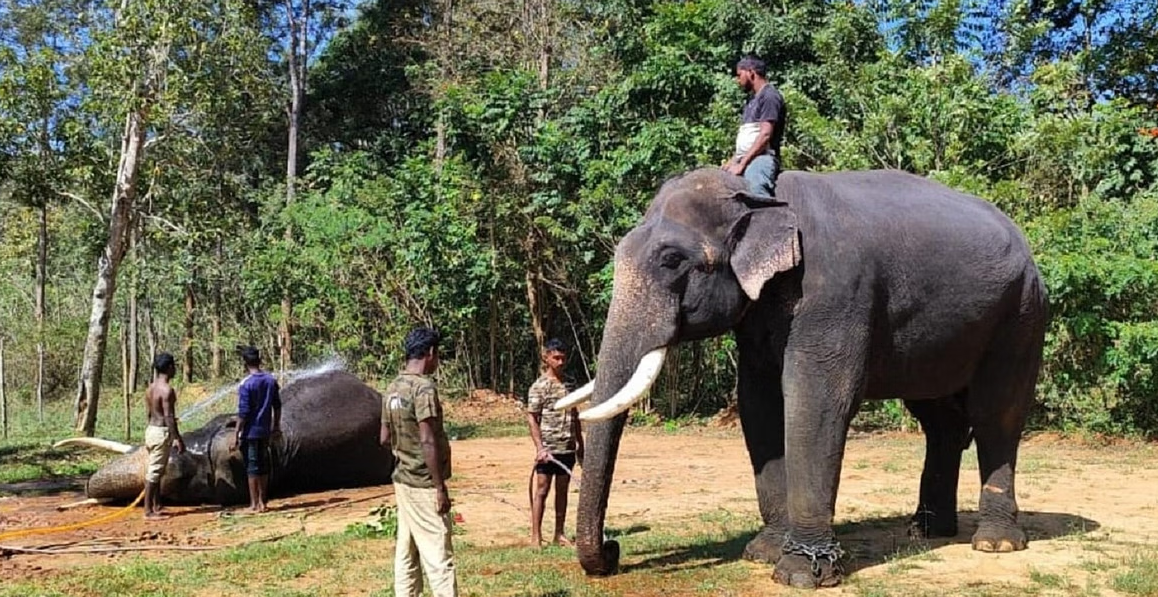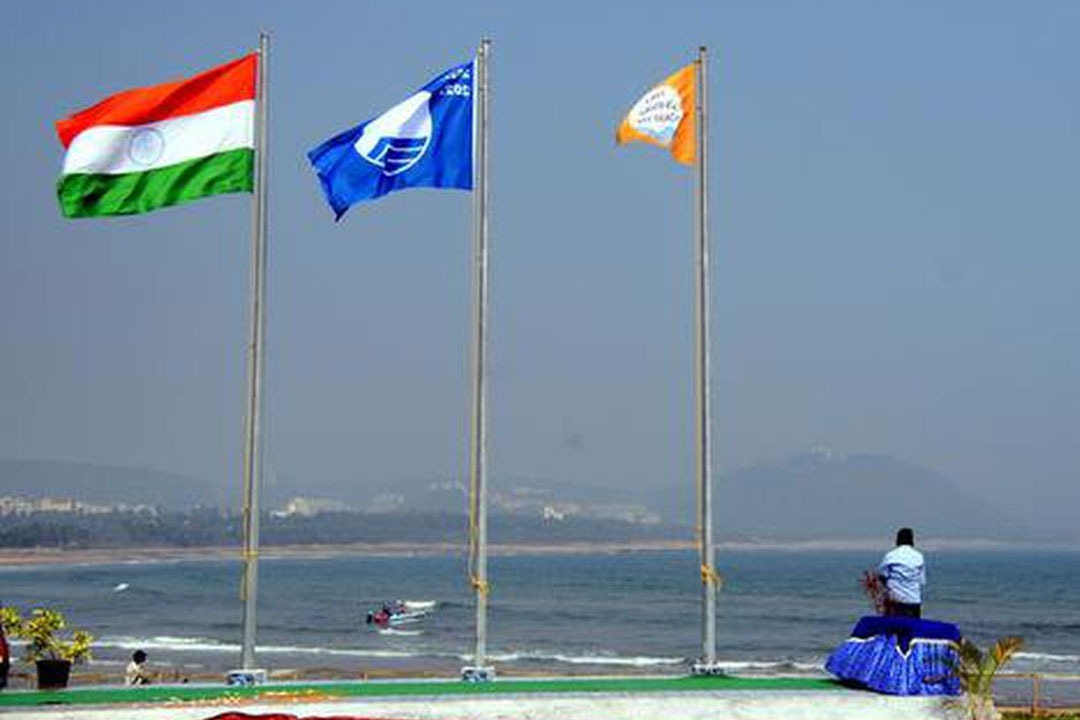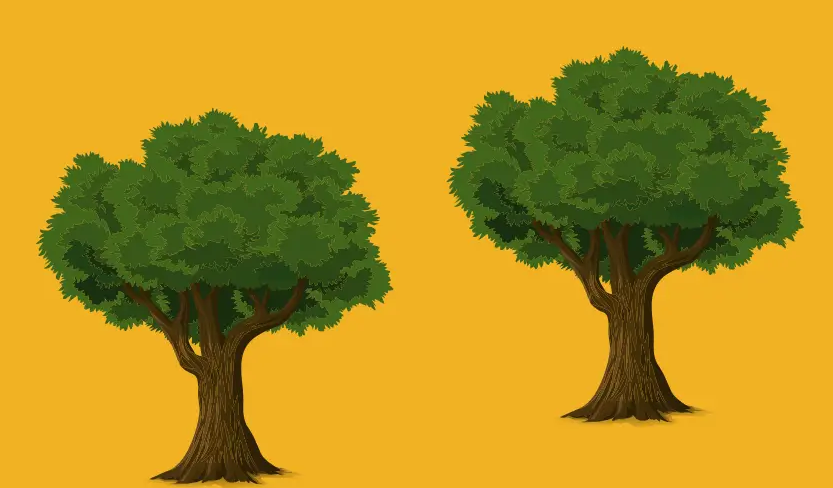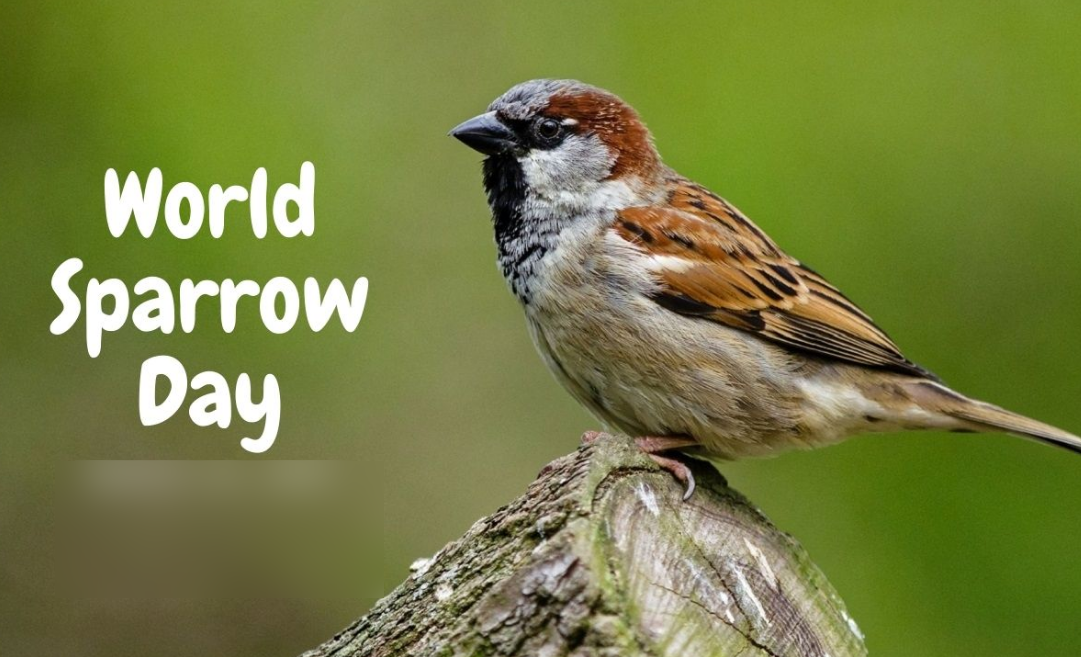
A wild elephant capture and rehabilitation operation started under the Karnataka Forest Department targets areas where elephants disturb the districts of Hassan, Chikkamagaluru, and Kodagu. A soft-release procedure for the rehabilitation comprises managing elephants within 20 square kilometers of enclosed Bhadra Wildlife Sanctuary area before their rewilding operation. The program seeks to protect human safety from elephants through safe rehabilitation preparations for elephants to rejoin their home habitats.
Key Points:
Reason for the Initiative:
-
The three areas of Hassan, Chikkamagaluru, and Kodagu districts have seen an increasing number of conflicts between humans and elephants.
-
A strategic process needs development to support the rehabilitation and successful reestablishment of problem elephants in their wilderness habitat.
Soft-Release Strategy:
-
Evacuated elephants will be housed at a 20 sq. km confined area within Bhadra Wildlife Sanctuary.
-
The sanctuary staff will monitor them while also introducing appropriate care procedures preceding their gradual sanctuary reintroduction.
-
Before integrating wildlife into the new environment the strategy provides adaptive measures to allow adaptation.
About Bhadra Wildlife Sanctuary
Overview:
-
The area sits within the Western Ghats zone of Karnataka state.
-
The sanctuary exists within hills of Mullaianagiri, Hebbegiri, Gangegiri, and Babaudangiri hill ranges.
-
The Tigers monitored administration designated this area as the 25th Project Tiger reserve of India when they established it in 1998.
-
The sanctuary stands out as the pioneer among all tiger preserves to conduct a successful village relocation initiative.
Geographical and Ecological Significance:
-
The sanctuary finds its location close to the Bhadra River while its tributaries include Somavahini, Thadabehalla, and Odirayanahalla.
-
Lakkavalli's ecological state receives support from the Bhadra River dam located near the area.
Vegetation and Biodiversity:
The sanctuary maintains several types of vegetation that include:
-
Southern Tropical Dry Deciduous Dry Teak.
-
Northern Tropical Dry Deciduous Mixed Forest.
-
Dry Deciduous Scrub Forest and Dry Bamboo Brakes.
-
Rich flora such as Teak, Rosewood, Mathi, Honne, Nandi, and medicinal plants.
The extensive animal population of Bhadra contains tigers and leopards and leopard cats besides dholes and Indian civet and Gaur alongside Sambar and barking deer.
Conclusion:
The Karnataka Forest Department established a vital program named soft-release of wild elephants to both stop conflicts between people and elephants and protect ecological stability. The initiative relies on Bhadra Wildlife Sanctuary to implement phased elephant rehabilitation programs that establish a secure habitat for these animals. The conservation drive at the sanctuary strengthens its status as an example of effective wildlife management across India through its additional support for wildlife preservation goals.



 India Launches ‘Tigers Outside Tiger Reserves’ Project to Safeguard Big Cats
India Launches ‘Tigers Outside Tiger Reserves’ Project to Safeguard Big Cats India’s Carbon Offset Plan: Driving Climate Action Through Voluntary Emission Reduction
India’s Carbon Offset Plan: Driving Climate Action Through Voluntary Emission Reduction Water Conservation and Management: A Policy Perspective
Water Conservation and Management: A Policy Perspective Rushikonda Beach Regained Blue Flag Certification
Rushikonda Beach Regained Blue Flag Certification India’s Roadmap to Becoming More Disaster-Resilient Against Earthquakes
India’s Roadmap to Becoming More Disaster-Resilient Against Earthquakes International Day of Forests (IDF) 2025: Theme, Importance & Initiatives in India
International Day of Forests (IDF) 2025: Theme, Importance & Initiatives in India Government Measures to Increase Ethanol Blending Beyond 20%: National Policy on Biofuels
Government Measures to Increase Ethanol Blending Beyond 20%: National Policy on Biofuels National Wildlife Health Policy: Safeguarding Ecosystems and Public Health
National Wildlife Health Policy: Safeguarding Ecosystems and Public Health World Sparrow Day 2025: Preserving The Chirps Of Our Tiny Feathered Friends
World Sparrow Day 2025: Preserving The Chirps Of Our Tiny Feathered Friends






